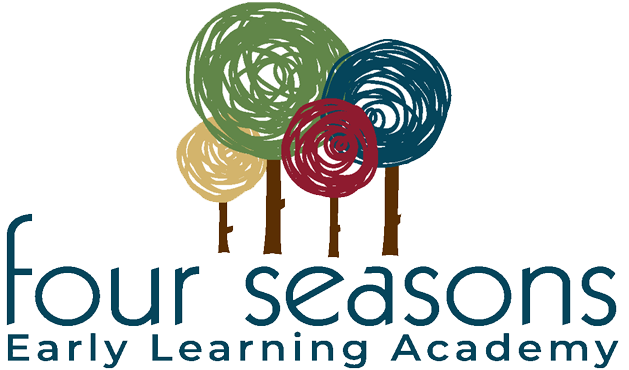What is Reggio Emilia Approach?
The Reggio Emilia Approach derives its name from its place of origin and began as a vision by the local community and a local psychologist and teacher named Loris Malaguzzi post World War II Italy. The approach was developed as a means of rebuilding a community after the devastating effects of World War II. It was an approach that saw the importance of cultivating young minds today as investments for the future and it has gained worldwide recognition as a leader in Early Childhood Education. This progressive approach is a constantly evolving approach that bears influences from Montessori, Piaget, Vygotsky and American theorists such as Gardner and Bruner. It focuses on elements that educators know make sense.
The Reggio Emilia approach fosters the belief that the child, family, community and natural environment are all essential to the learning process. Reggio Emilia has strong roots within nature and focuses on a learning environment enriched with creative and sensory experiences as avenues for growth allowing every child to reach their true potential.
The Reggio Emilia Approach has been adopted in countless cities throughout the world from New York to London and will provide the very best learning experiences for your child here in Texas.
Core Beliefs of the Reggio Emilia Curriculum
-
The Image of the Child: Children are competent and capable learners
Children are considered as active, valuable citizens with rights, and as contributing and capable members of society. Each child is competent, curious, creative and capable to question, interpret and understand the world around them. The educational focus is on the individual strengths and needs of the child and children are always encouraged to explore, have opinions and provide suggestions.
-
The Environment as the Third Teacher
A critical element in the Reggio Emilia approach is the role of the physical environment children learn in. The layout of the physical space fosters encounters, communication and relationships. The goal is to provide an environment that supports the engagement of small groups. Our Reggio-Inspired classrooms are open, inviting spaces filled with natural furnishings, real-life materials, mirrors, windows and natural lighting.
-
It Takes a Village to Raise a Child
Reggio Emilia was inspired by the Italian’s strong emphasis on the importance of family and community influence, and the belief it ‘takes a village to raise a child’. At Four Seasons, Teacher and children are partners in their learning. Educators work closely with families and the community to provide the best possible education and care for every child. Families are encouraged to take an active role in their child’s education. Communication between the school, educators and families are fundamental to this approach and creates a rich social environment for everyone involved.
-
Documentation
Documentation has several functions within the Reggio Emilia approach. Most importantly, they help to determine the direction in which the work and experiences with the children will go. They make it possible for the teachers to understand the children better and to make the children aware that their effort is valued. Educators capture individual children’s learning journeys using a variety of different forms, including work samples, photography, videos, conversation transcripts, drawing, painting or other visual mediums like clay. These are clearly displayed within the center and in individual portfolios, allowing families to share the process and experience with their children.
-
The 100 Languages of Children
Imagine believing that children can express themselves in more than one way. Now times that by 100! Loris Malaguzzi, founder of the Reggio Approach, describes the infinite ways that children can express, explore, and connect their thoughts, feelings and imaginingsthrough his poem, “The Hundred Languages of Children.” At Four Seasons, we believe children have the right to express their ideas, thoughts, emotions and learning in a variety of different ways. Our curriculum offers a variety of rich opportunities for children to express themselves through art, dramatic play, music, dance, cooking, STEAM projects, stories, discussions and a whole lot more.
THE HUNDRED LANGUAGES OF CHILDREN
The child is made of one hundred.
The child has
a hundred languages
a hundred hands
a hundred thoughts
a hundred ways of thinking
of playing, of speaking.
A hundred.
Always a hundred
ways of listening
of marveling, of loving
a hundred joys
for singing and understanding
a hundred worlds
to discover
a hundred worlds
to invent
a hundred worlds
to dream.
The child has
a hundred languages
(and a hundred hundred hundred more)
but they steal ninety-nine.
The school and the culture
separate the head from the body.
They tell the child:
to think without hands
to do without head
to listen and not to speak
to understand without joy
to love and to marvel
only at Easter and at Christmas.
They tell the child:
to discover the world already there
and of the hundred
they steal ninety-nine.
They tell the child:
that work and play
reality and fantasy
science and imagination
sky and earth
reason and dream
are things
that do not belong together.
And thus they tell the child
that the hundred is not there.
The child says:
No way. The hundred is there.
-Loris Malaguzzi
Founder of the Reggio Emilia Approach

